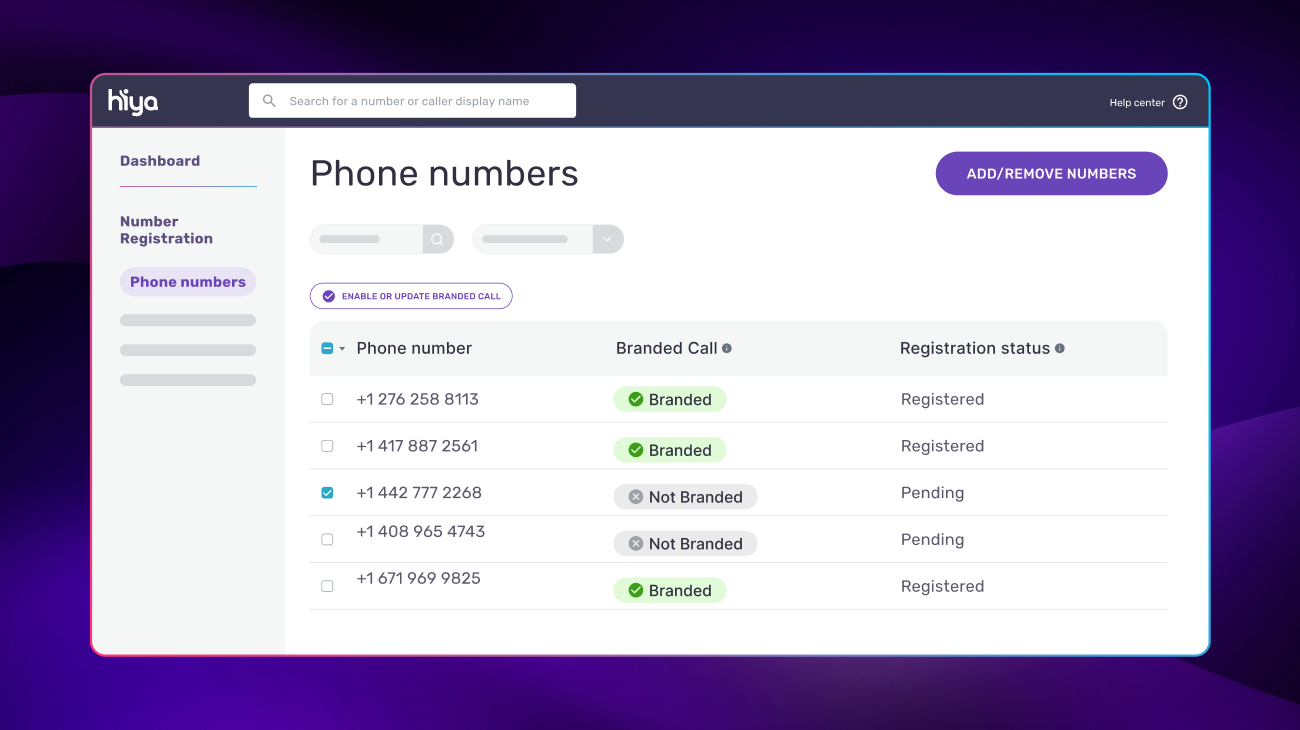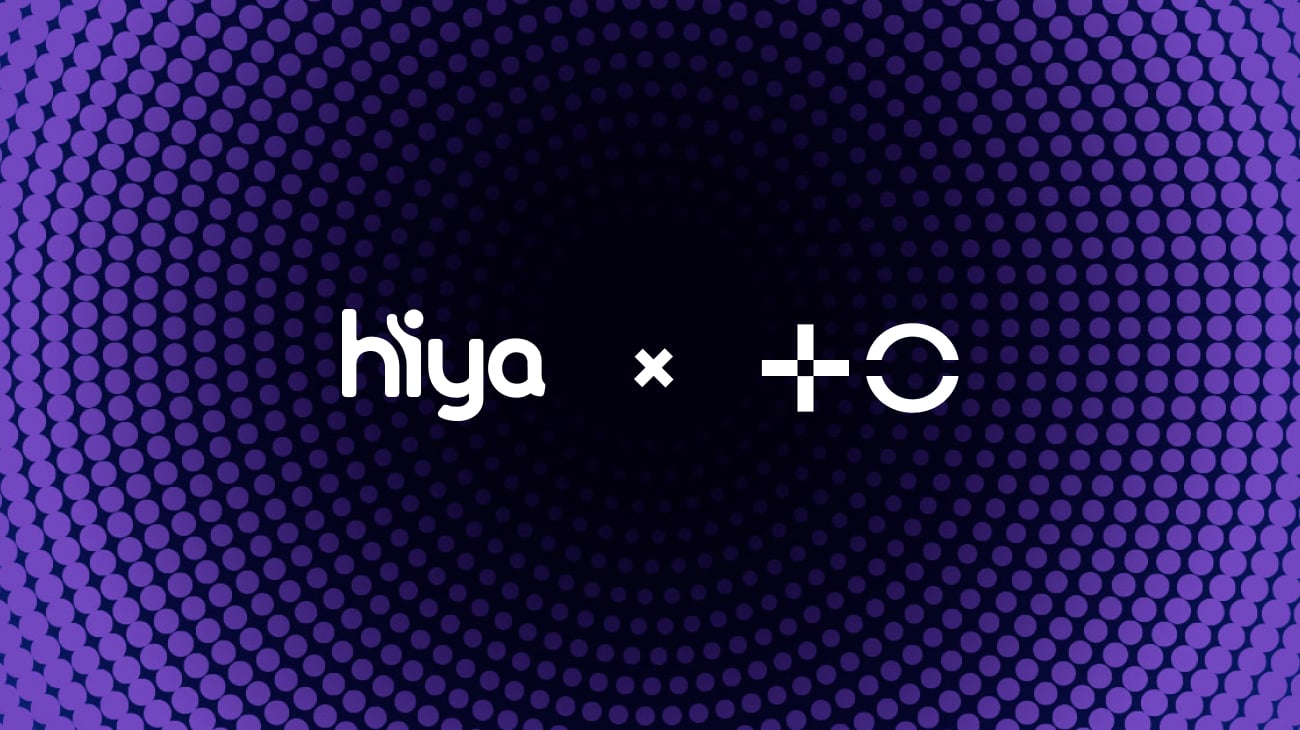
You wouldn’t run a business without keeping track of your success, so why are you making calls without measuring their impact? With call center analytics, your call center can collect and measure performance metrics to uncover insights into customer data. These metrics include things like customer satisfaction, answer rate, handle time, and many more. Call center analytics use real-time data to ensure the customers' needs are handled quickly and effectively. As you track these important metrics, you are able to report relevant information up to leadership and pass feedback down to agents. This insight into the performance of your call center will help you find the areas that need improvement in your call processes.
It is important that call centers are using analytics appropriately to analyze data and review actionable insights. Proper usage of call center analytics can build customer loyalty, track trends and insights, and boost agent productivity and scheduling needs. This article will walk you through everything you need to know to start tracking analytics.
How to Track Call Center Analytics
Call centers are most effective when you know how to overcome data blind spots and transform insights into actionable changes. While many call centers collect some kind of data around answer rates and call duration, manually sifting through this information is costly and difficult to scale. Instead, call centers should implement solutions that provide data in an easy to visualize format.
How do you know which metrics and strategies will be the most valuable for your call center? Start with establishing the goals and needs of your organization, agents, and customers. Once you have narrowed down what results you want to see, use a platform like the Hiya Connect call center analytics and insights tool. Hiya’s self-serve executive dashboards are chock full of industry-standard KPIs. These dashboards can help managers visualize data trends over time for timely comparisons that uncover usable insights.
Why You Should Use Call Center Analytics
If you aren’t aware of your first call resolution rate, then you may not realize if there’s a problem in the initial interaction with customers. Without call center analytics, the problem would continue and your call center would drop in productivity. Access to data helps your call center discover the needs of your audience by providing critical insights. Measuring your call center analytics can also help you grasp the entire success level of the center and your agents. Some additional reasons to track call center analytics include:
Understand Your Customers Better
Call center analytics decode trends and actions so that they are easier to understand. Once information is broken down, teams can start implementing faster and smarter ways to target prospective customers. Steps like building scripts to grab attention will be based on their new understanding of the user’s wants and needs. Implementing call tracking is a great way to obtain information on how users are reacting to your calls, agent’s, and organization.
Find Areas to Improve Productivity
Consistent data tracking can reveal inconsistencies and errors in your call center strategies or processes. Once errors are identified, you can start breaking down big problems into manageable steps of action and quickly deflect damage to brand reputation. Call center analytics will also help you improve employee productivity by breaking down individual performance. Managers can then adjust scheduling and training to address each of the agents weaknesses and strengths.
Reduce Cost By Finding Wasted Spend
A major benefit to measuring call center analytics is the insight into wasted spend. Analytics help organizations visualize the reasoning behind different costs and provide a strategic plan to reduce wasted costs. Discovering the “why” behind each cost enables call centers to find better solutions to processes or scripts causing wasted spend.
Linking Analytics to Action
Once call centers have captured data, the next step is to take action. Analytics and insights are only as useful as the steps taken to implement the data they reveal. Data gives you the direction where changes need to be executed, but it is up to managers to properly decode and implement the changes. Here are some things organizations can improve with call center analytics:
- Increase agent productivity. Let’s say that your data report comes back and shows that hold time is higher than actual customer interaction. Managers can then dig into other metrics to look at both individual and organizational weaknesses. Information can reveal where employees need altered training regimens and scheduled hours.
- Improve customer experience. When customers are waiting in a queue for long periods of time before reaching an agent, this can lead to a poor customer experience. By tracking first responsive time, it becomes clear when busy times are. Then call center managers can schedule more agents to resolve the high wait times.
- Improve sales. Data can detect and equip agents to handle customer situations more efficiently. You have to build customer relationships to generate sales. If you learn that first call resolution rate is low, you know that your script needs adjustments to improve the customer experience and increase conversions.
Remember that building a strategy on accurate data can only help your call center reach new heights if new processes are implemented effectively.
Improve Analytics With Hiya Connect
With the Hiya Connect Voice Performance Platform, your call center can take the steps it needs to improve performance. Features like call analytics provide a self-serve executive dashboard chock full of industry-standard KPIs. After establishing your call center goals, you can analyze the metrics that will best aid in reaching those goals.
To learn more about what metrics are best to track for your specific goals, download our Call Center Metrics eBook.



